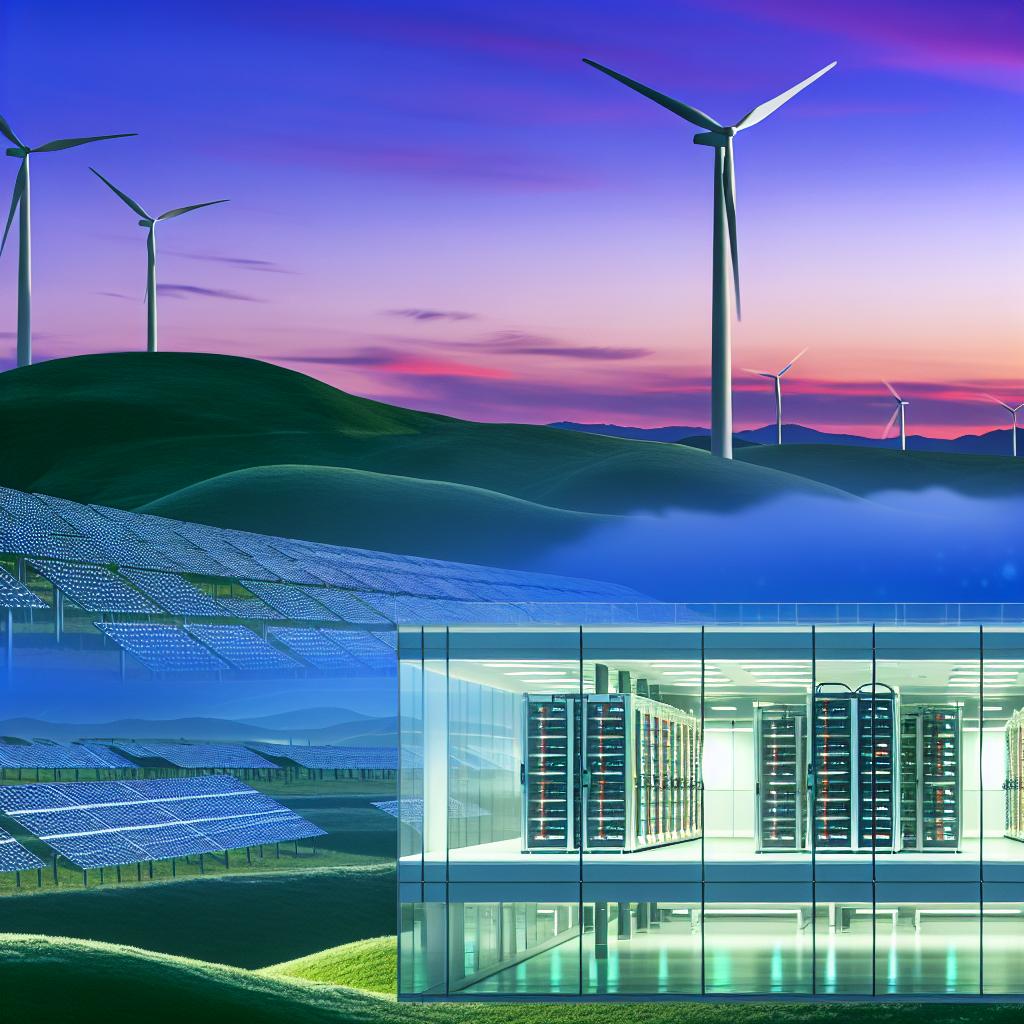
The Growing Importance of Energy Storage in Renewable Energy
With the increasing deployment of renewable energy sources such as solar and wind, energy storage solutions have become pivotal in ensuring the reliability and efficiency of power supply systems. As these renewable sources are inherently variable, energy storage systems (ESS) help in maintaining a balance between energy supply and demand. The surge in renewable energy has led to a pressing need for effective ESS to store excess energy generated during periods of high renewable output and release it during times of low generation or high demand.
Energy Storage Technologies
Various energy storage technologies are currently being developed and implemented to tackle the challenges that come with integrating renewable energy into the power grid. Among these technologies, batteries, particularly lithium-ion batteries, stand out as the most common type due to their high energy density, efficiency, and steadily declining costs driven by economies of scale and technological advancements. Lithium-ion batteries are extensively used not just in small-scale applications but also in larger grid-scale projects.
Another prominent technology is pumped hydro storage, which accounts for the largest share of global large-scale energy storage capacity. This system works on a simple yet effective principle: it uses gravitational potential energy by pumping water uphill to a reservoir during periods of low energy demand and releasing it back downhill through turbines to generate power when demand increases. This technology combines efficiency with long-term storage capabilities, making it a staple in energy storage.
In the realm of short-duration storage technologies, flywheels are gaining attention. Flywheels store energy in the form of rotational motion and can provide extremely rapid bursts of power when needed. This attribute makes them particularly useful for enhancing grid stability and managing short-term fluctuations in energy supply and demand.
Innovations and Advancements
Significant advancements in energy storage technologies are continuously being made to improve their efficiency, lower costs, and prolong the lifespan of these systems. A notable area of research is solid-state batteries. These batteries promise to exceed the capabilities of traditional lithium-ion batteries by offering higher energy densities and improved safety due to their use of solid electrolytes. Such advancements not only enhance energy productivity but also reduce the risks associated with battery use.
Other innovative energy storage solutions include compressed air energy storage (CAES) and supercapacitors. Compressed air energy storage involves compressing air to be stored in underground caverns and released to drive turbines when energy is needed. Supercapacitors, meanwhile, are noted for their ability to rapidly charge and discharge, making them suitable for applications that require quick energy delivery.
The development of these technologies is pivotal for accommodating the increasing share of renewable energy in the global energy portfolio. With advances in energy storage, the feasibility of transitioning to a low-carbon future becomes increasingly possible, as it enables more consistent and reliable use of renewable resources.
Role in Grid Stability and Integration
The role of energy storage extends beyond just balancing supply and demand. It is essential for maintaining grid stability, a critical factor when integrating large amounts of variable renewable energy sources into power systems. By smoothing out the inconsistencies in renewable energy production, ESS help ensure a stable and secure power grid.
Additionally, energy storage systems provide ancillary services that are essential for grid operation, such as frequency regulation and voltage support. These systems can respond quickly to changes in supply and demand, enhancing the resilience of the power grid to disruptions. By storing surplus energy produced during periods of low demand, ESS reduce the reliance on costly and often environmentally detrimental peaker plants, which are used to generate additional power during peak demand times.
This capability is particularly beneficial in regions with high solar and wind potential, where energy generation from renewables can fluctuate significantly throughout the day and across seasons. Therefore, energy storage not only aids in stability but also supports the economic viability and practical integration of renewable energy sources.
Future Outlook
The future of the global energy storage market is promising, driven by an increasing emphasis on renewable energy integration to meet climate change mitigation goals. As countries aim to fulfill renewable energy and carbon reduction targets, the demand for effective and economical energy storage solutions is expected to grow.
Factors such as supportive government policies, continuous technological advancements, and decreasing costs of energy storage solutions are anticipated to propel the market forward. Policies that encourage the development of renewable energy infrastructure and storage capacity expansion can give pivotal momentum to this growth.
With this growth, energy storage is poised to play a transformative role in the global energy landscape. By enabling higher penetration of renewables, reducing greenhouse gas emissions, and enhancing grid reliability and resilience, energy storage systems are set to be a cornerstone in the shift towards a sustainable and renewable energy-powered future. As these systems become more widespread, they will facilitate the transition to a cleaner and more sustainable energy system, bringing long-term benefits to economies and the environment alike.